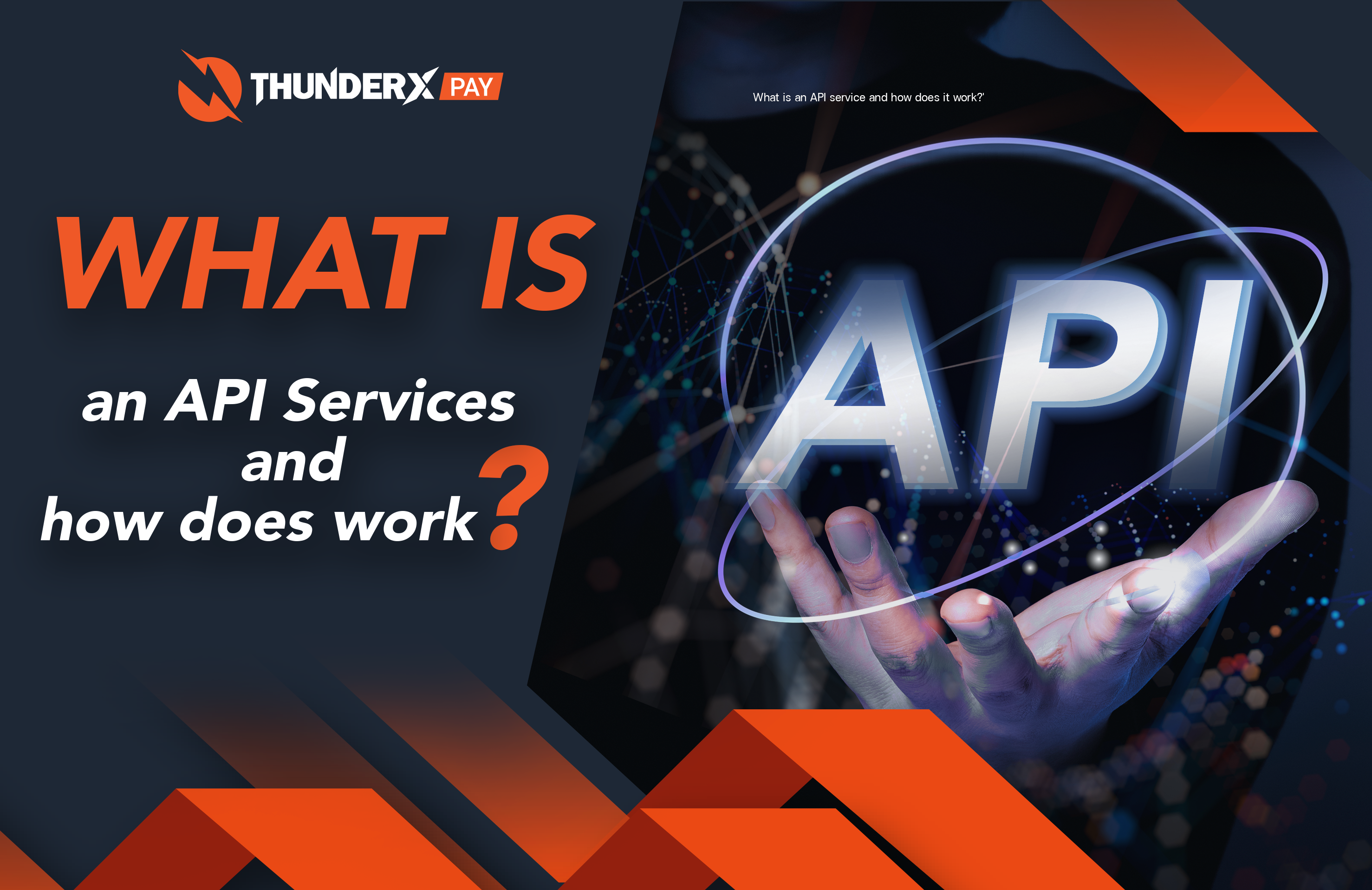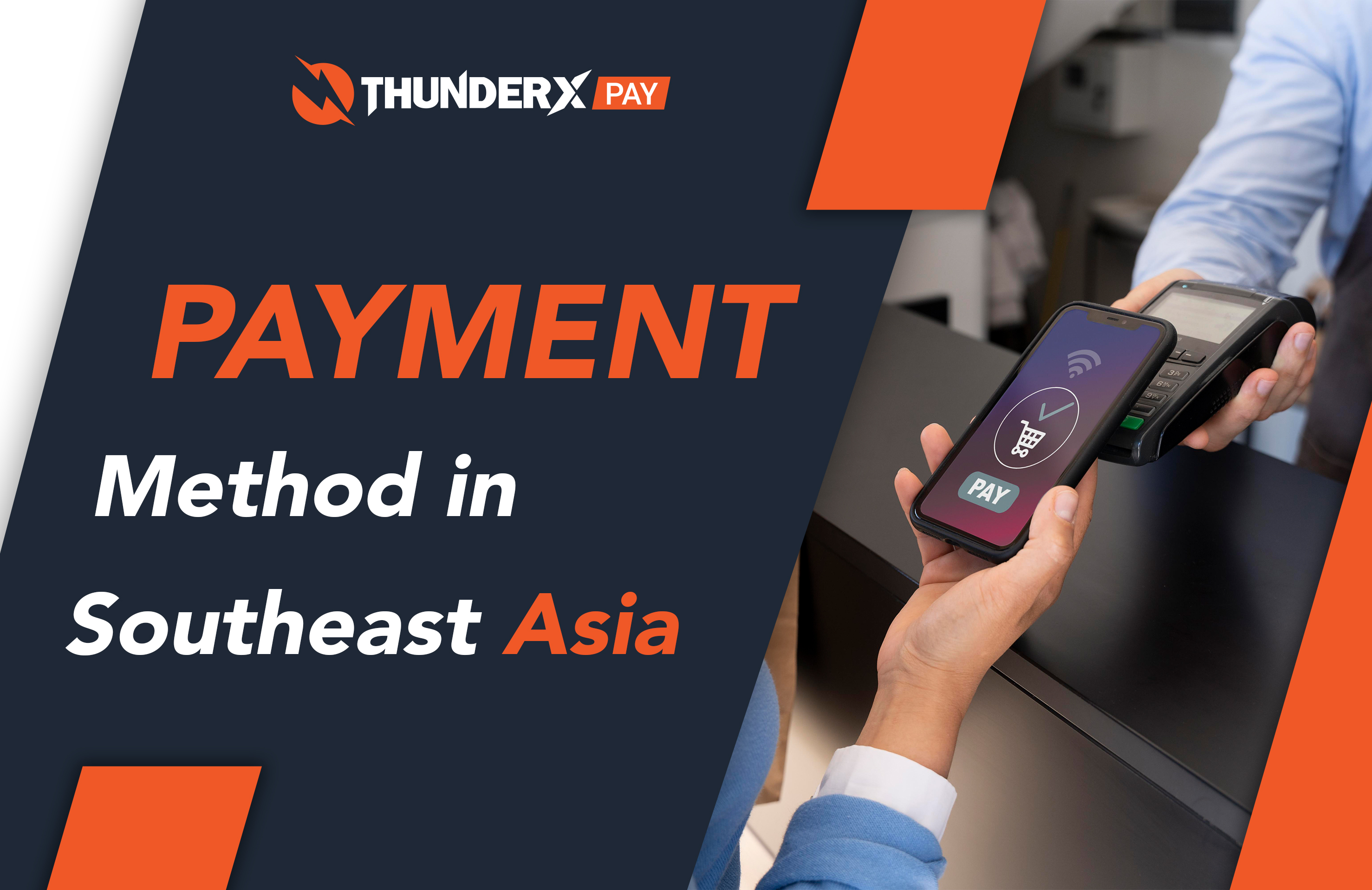
Motivation of Payment
4 payment points to plot on your roadmap for growth Break free from your existing thought patterns and explore new avenues for revenue creation. In times like these, it can be difficult to find the headspace to map out your business growth. It’s difficult to know where to start. What you need is a framework. In 2000, three McKinsey consultants published The Alchemy of Growth: Practical Insights for Building the Enduring Enterprise. In it, they present a model that invites business owners to open their minds and break free from existing thought patterns. It’s called The Seven Degrees of Freedom for Growth, and it provides a framework intended to help businesses broaden their horizons. . McKinsey’s Seven Degrees of Freedom for Growth Payments can be one of those unobvious opportunities for growth that can be a real driver of your expansion plans. It can easily be mapped to at least four of the seven degrees shown above. We’ll look at how your payment platform can play a part in planning your growth. Maximizing existing customers Step one in any growth plan is




